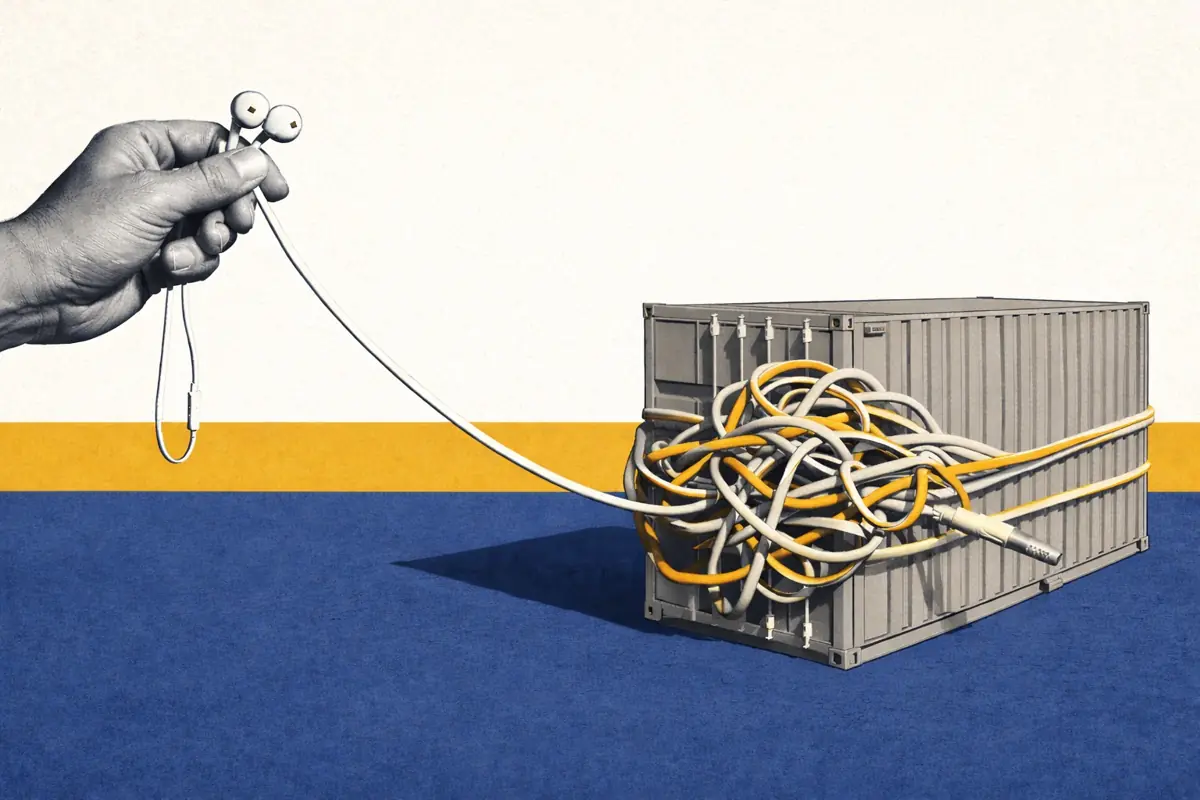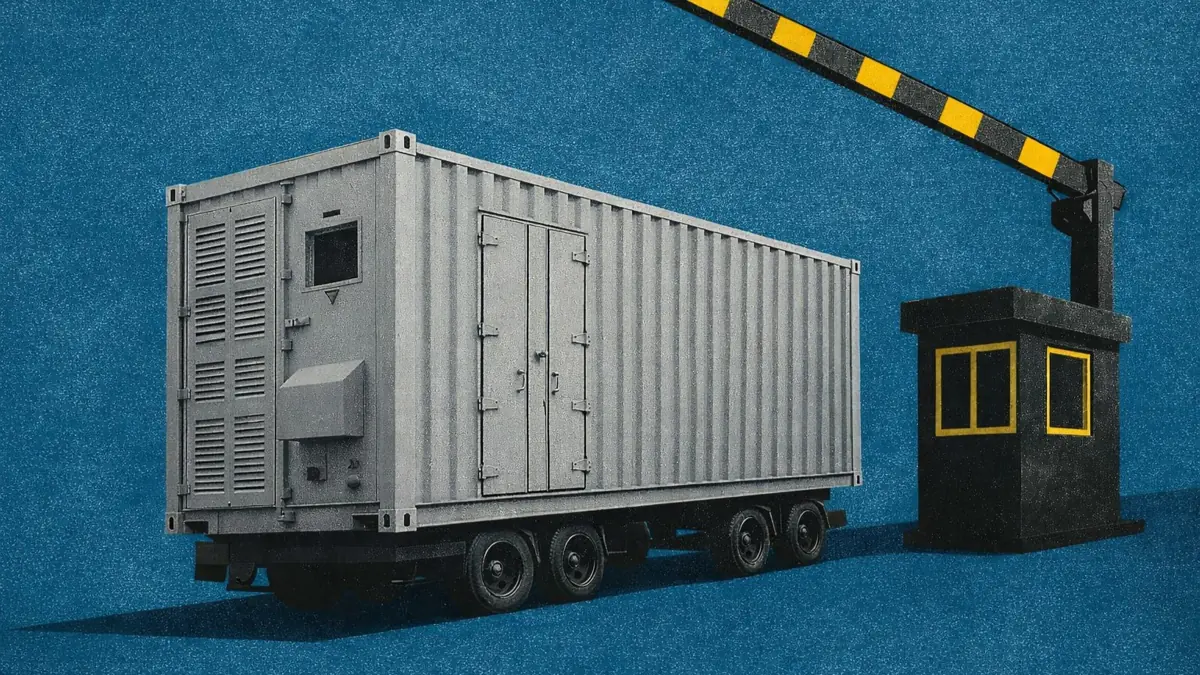Germany Battery Buildout Report: Battery capacity hits 2 GW
Germany’s grid-scale battery buildout is accelerating. Installed capacity hit 2 GW last quarter - and could reach 3 GW before the end of 2025.
Growth remains slower than in more mature markets, such as Great Britain. But Germany’s later start means developers are drawing on lessons from other markets and deploying larger, longer-duration assets.
This article will explore:
- How much battery capacity is online - and how much is coming
- What durations and battery sizes dominate the market
- Which companies are leading in buildout
For any further information on this topic, reach out to the author - till@modoenergy.com
Key takeaways:
- Germany is on track for a record year: 1.46 GW of new capacity expected to begin commercial operations in 2025, nearly triple last year’s buildout.
- Buildout shifting to 2-hour systems: Today’s fleet is mostly 1-hour batteries, but from next year, almost every new project will have a duration of 2 hours or more.
- Market growth still trails peers: capacity remains below GB, Texas, and Australia, due to political headwinds and a considerable grid connection queue.
- Utilities still dominate: most batteries over 25 MW are owned by established utilities, with colocation mainly at legacy fossil sites.
Operational battery capacity in Germany hit 2GW in Q2
So far in 2025, 473 MW of new battery capacity has come online, taking Germany’s total rated power to 2.1 GW.
Energy capacity grew by 833 GWh in the first half of this year - the largest half-year increase on record - bringing the total to 2.8 GWh.
The average duration of grid-scale batteries in Germany now stands at 1.4 hours.
Battery buildout is set to hit 3 GW in 2025
2025 is set to be the year Germany’s battery buildout accelerates.
If all projects come online as planned, total capacity could surpass 3 GW before the end of the year - doubling in just 12 months.
Subscribers to Modo Energy’s German Research can download the full asset pipeline at the end of this report.
Buildout rate on track for a record-breaking 2025, but still trails other markets
Projects scheduled for the rest of 2025 could push total additions to 1.5 GW this year - triple last year’s build.
But Germany’s buildout pace still trails other markets.
Two and a half years after hitting 1 GW, Germany had just over 2 GW installed. At the same stage, GB had 2.8 GW and ERCOT 7.4 GW.
Market size isn’t the issue - Germany’s peak load is second only to ERCOT.
Complex regulations and persistent political uncertainty have kept Germany’s growth below what the system could support.
Energy capacity is growing more quickly, partly due to the later start
Germany reached 1 GW in late 2022, two years after Great Britain. That delay comes with strategic advantages.
Deeper solar penetration in Germany means broader and higher price spreads, strengthening the case for longer-duration assets. Lower capex adds to the benefit, with lithium prices 47% lower in 2023-24 than over the two years before.
Developers have also learnt from the ancillary service saturation seen in other markets, where wholesale trading has become the stronger long-term revenue stream.
As a result, Germany’s pipeline is already weighted towards assets designed for wholesale trading strategies over short-term ancillary plays.
Two-hour batteries dominate the buildout this year
From 2026, almost all new batteries will have a duration of two hours or more.
Based on pipeline projects, almost two-thirds of installed batteries will be two-hour systems by the end of 2026.
Germany only has eight big batteries
Unlike GB, Germany’s buildout is still strongly determined by relatively small batteries.
To date, Germany only has 8 operational batteries larger than 25 MW. The three biggest came online this year.
Most of the larger batteries are still in the hands of the large utilities - RWE, Verbund, STEAG, and LEAG. Germany-focused developers are just beginning to catch up.
More and more large batteries are being built
The jump in buildout speed is driven by larger projects coming online.
With six more batteries above 25 MW set to start operations before year-end, nine of the 14 largest units will have been commissioned in 2025 alone.
Even among this year’s new capacity, traditional utilities are still represented strongly.
Most batteries are not colocated - and if so, mostly with fossil sites
60% of Germany’s >10 MW battery capacity is standalone, often situated near transformer stations to access ancillary service opportunities.
Solar colocation is growing as developers weigh the impact of storage on solar asset value. But the growth remains slow and mostly concentrated on batteries under 10 MW.
One clear advantage of colocation is inheriting an existing grid connection. In a country with a long connection queue, sites with existing connection capacity are highly valuable.
This edge is used most by traditional utilities, which hold large grid connections at legacy generation sites.
Developments to watch out for
Germany’s battery market is at a turning point.
After years of slow progress, 2025 is set to deliver record capacity growth, longer durations, and a step change in project scale.
However, sustaining this momentum will depend on more than the current pipeline. Key signals to watch include:
- Connection pace: whether grid connections can keep up with project applications. In our next article, we will map where batteries are being built and where they have the best chances of being connected.
- Policy development: any movement on capacity market design, new ancillary service procurement markets, or grid fee regimes can shift the landscape of the pipeline.
- Project ownership: if the dominance of large utilities shifts as more independent developers enter the >25 MW space.
- Colocation trends: whether solar partnerships grow beyond the sub-10 MW segment.
Germany is catching up fast with other leading markets. Even with challenging permitting and policy uncertainty, the fundamentals are strong — and the next moves on grid connections, market design, and project ownership will decide who captures the biggest share of this accelerating growth.
Download the pipeline of projects
Download
Already a subscriber?
Log in







